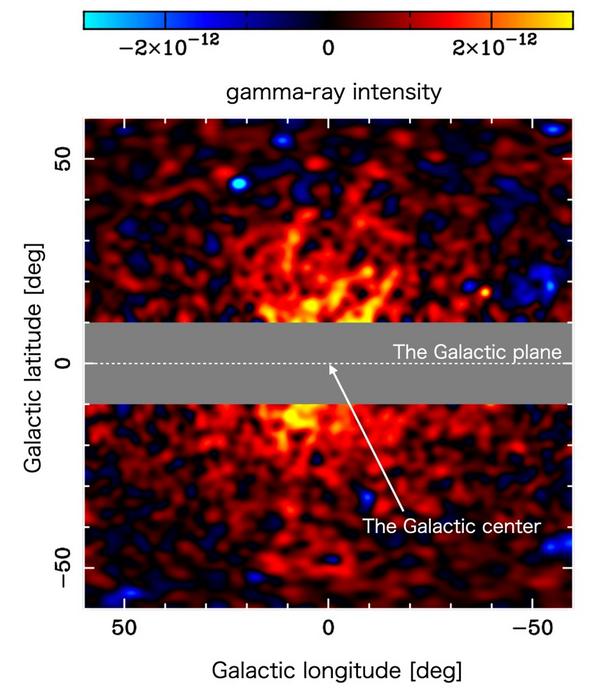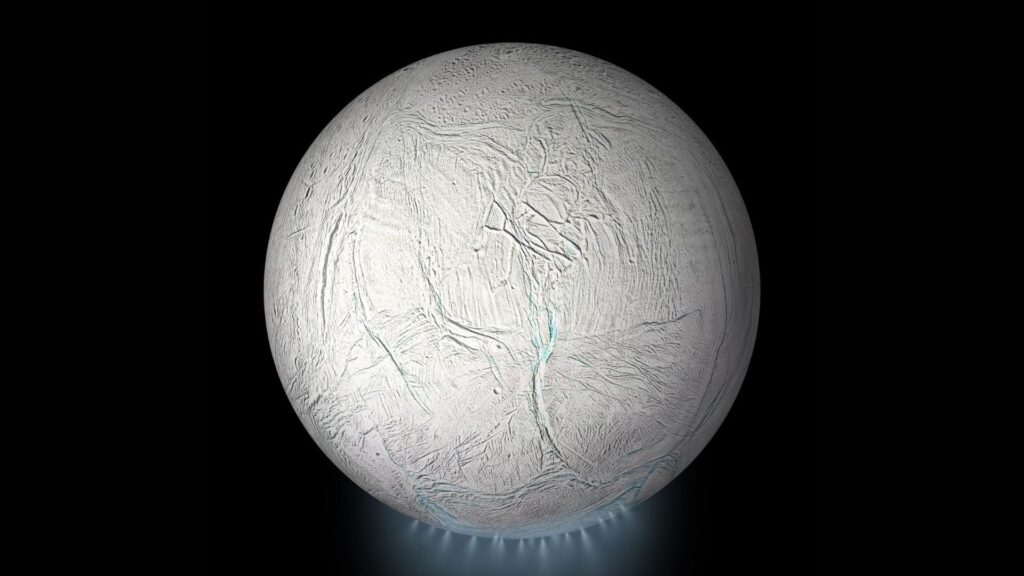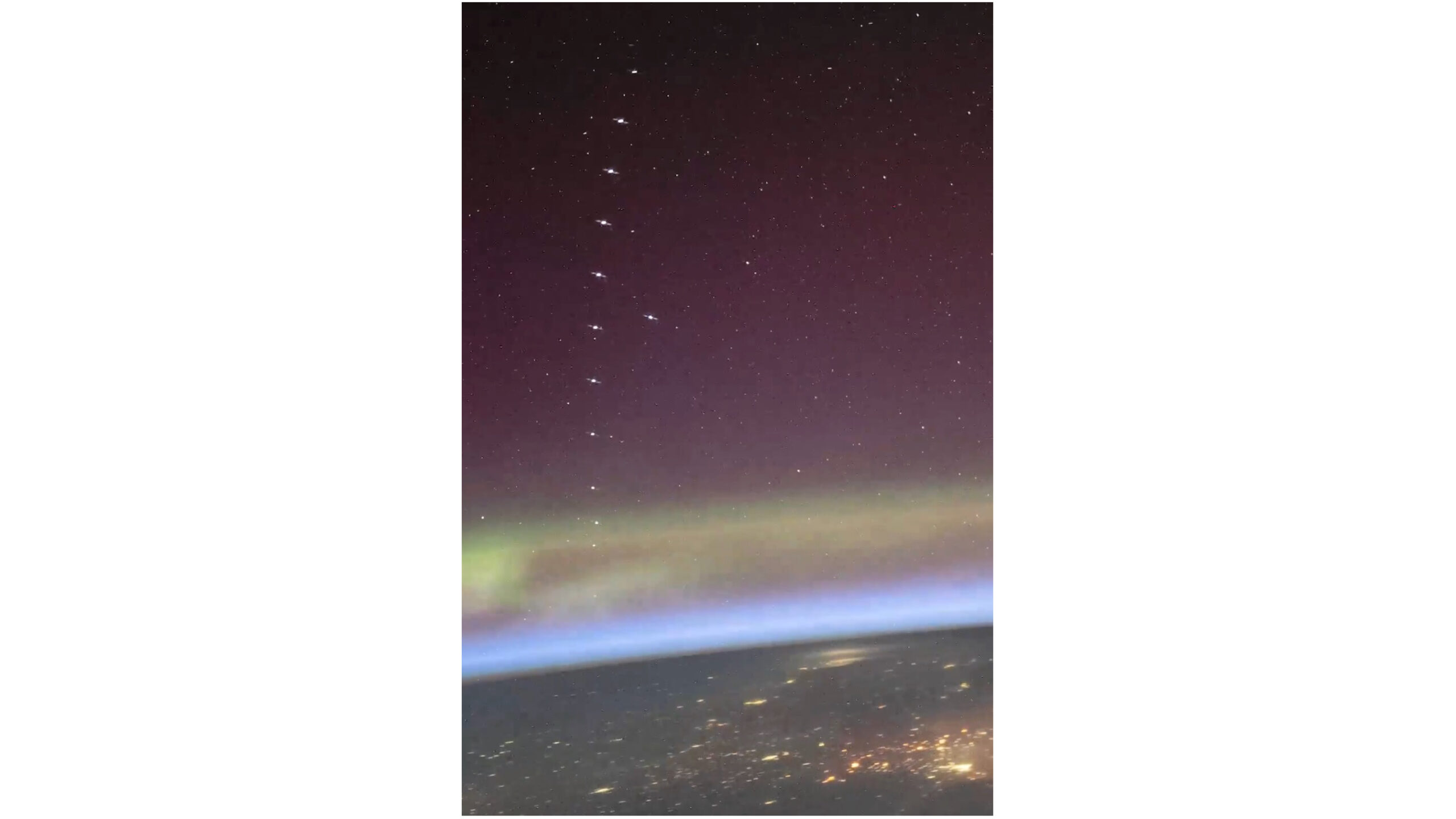Now Reading: JWST compares gravitational lensing | Space photo of the day for Oct. 10, 2025
-
01
JWST compares gravitational lensing | Space photo of the day for Oct. 10, 2025
JWST compares gravitational lensing | Space photo of the day for Oct. 10, 2025
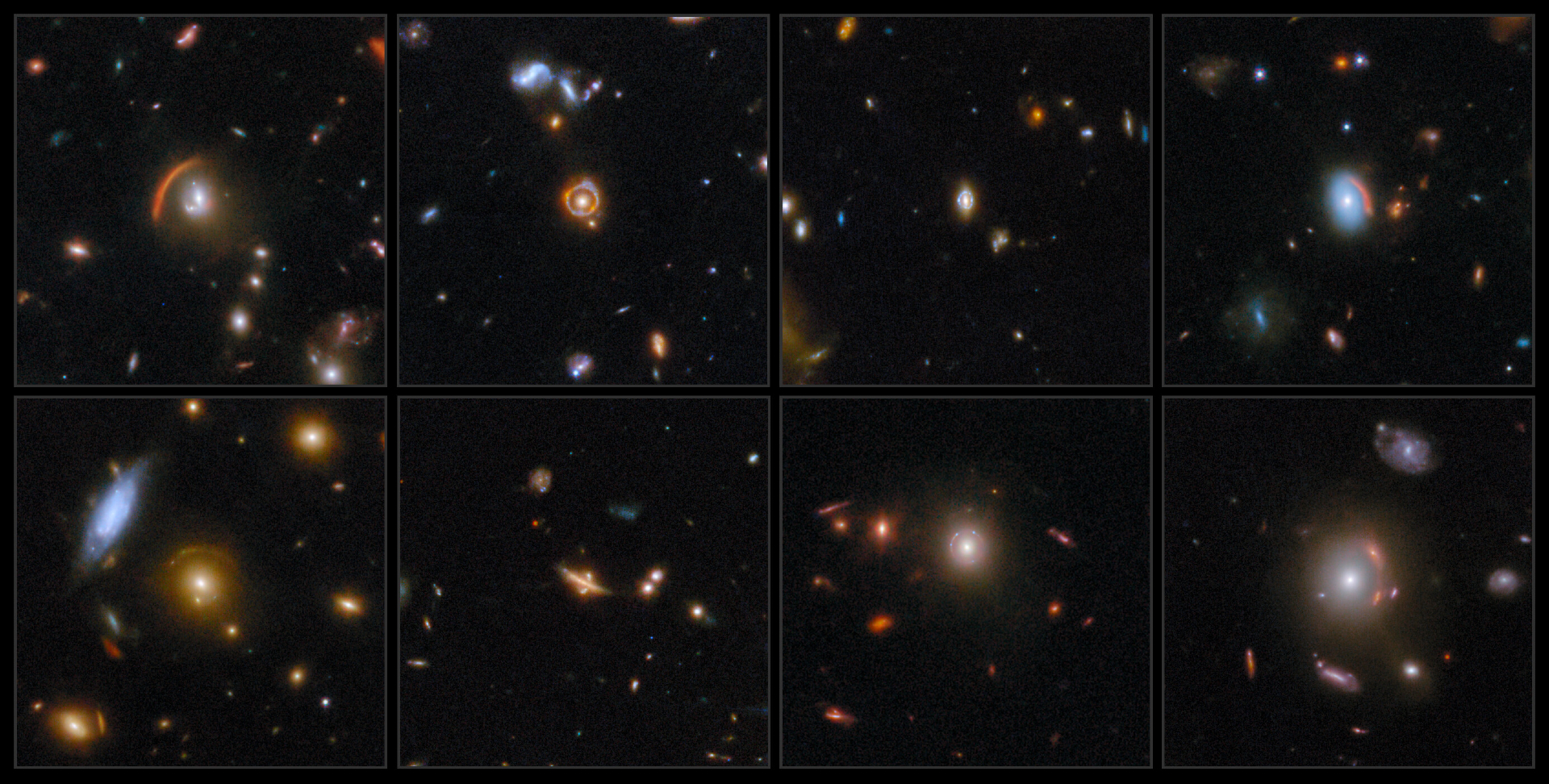
Peering into deep space, NASA’s James Webb Space Telescope has helped astronomers find places to study gravitational lensing, an effect in which massive objects such as galaxies warp space-time itself, bending and distorting the light of even more distant galaxies behind them. Each distorted arc, ring or multiplied galaxy image acts as a natural cosmic magnifying glass, offering astronomers a powerful tool to look further back into the universe‘s history.
What is it?
These eight images were drawn from the COSMOS-Web program, designed to study galaxy formation across cosmic time. One of the program’s goals is to uncover gravitational lenses, and researchers launched the COSMOS-WEB Lens Survey (COWLS) to do just that.
By inspecting over 42,000 lensing candidates by eye, the researchers identified more than 400 promising ones. This collage shows the eight most spectacular examples.
Where is it?
These images were taken across deep space.
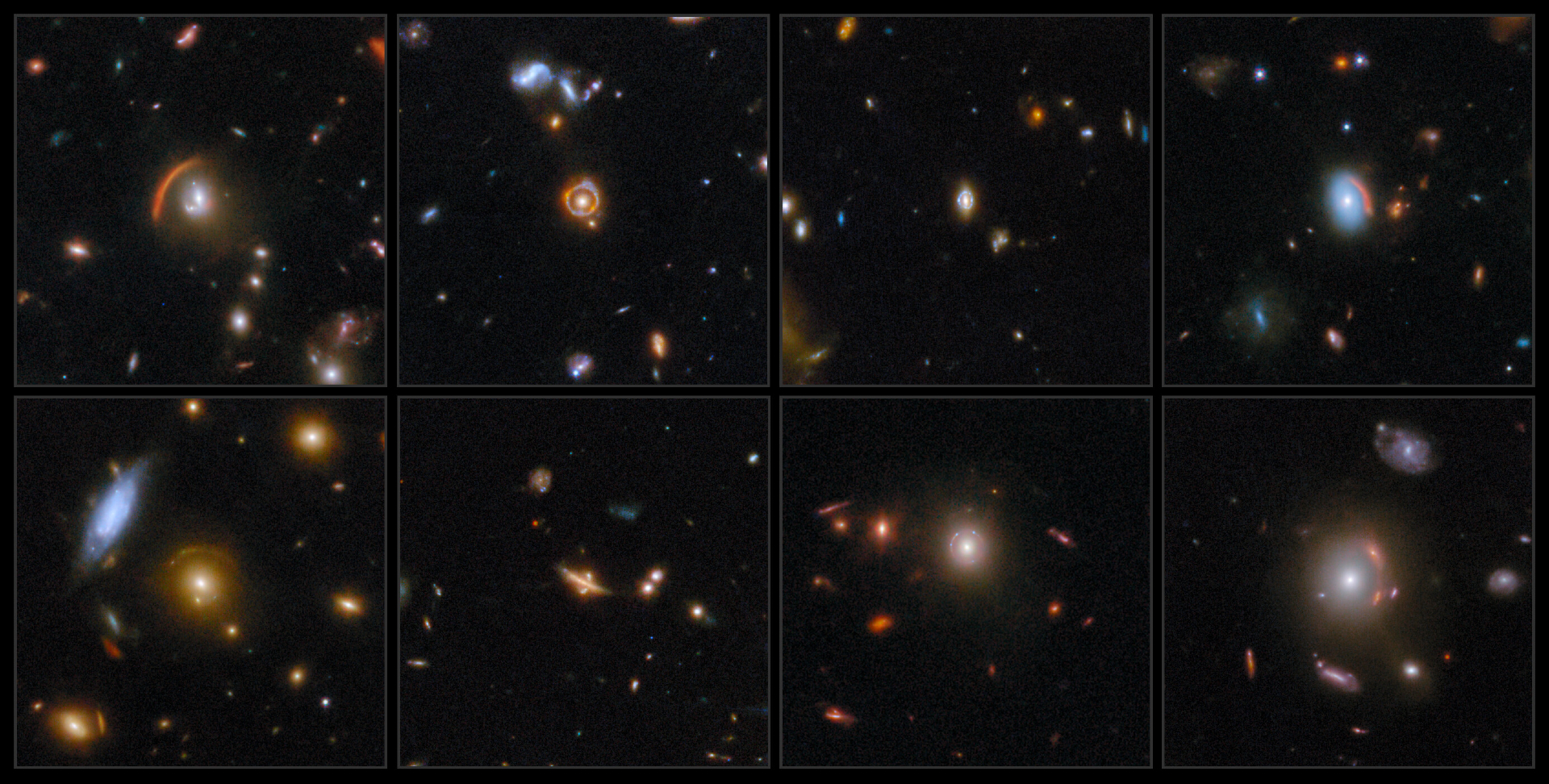
Why is it amazing?
Gravitational lensing was first predicted by Albert Einstein in his theory of general relativity. According to Einstein, massive objects shape the space around them, as their gravity bends space-time, curving paths of light rays near by.
When a massive galaxy or galaxy cluster happens to align with a more distant galaxy behind it, the background galaxy’s light is deflected on its way to Earth. Depending on the geometry, this can stretch the background galaxy in arcs, duplicate it into multiple images or form near-perfect circles called Einstein rings.
Some of the galaxies shown in this collage were already captured by the Hubble Space Telescope, but the James Webb Space Telescope shows them in greater detail, uncovering new clues about gravitational lensing.
Want to learn more?
You can read more about the James Webb Space Telescope and the theory of general relativity.
Stay Informed With the Latest & Most Important News
Previous Post
Next Post
-
 012024 in Review: Highlights from NASA in Silicon Valley
012024 in Review: Highlights from NASA in Silicon Valley -
 02Panasonic Leica Summilux DG 15mm f/1.7 ASPH review
02Panasonic Leica Summilux DG 15mm f/1.7 ASPH review -
 03How New NASA, India Earth Satellite NISAR Will See Earth
03How New NASA, India Earth Satellite NISAR Will See Earth -
 04And Thus Begins A New Year For Life On Earth
04And Thus Begins A New Year For Life On Earth -
 05Astronomy Activation Ambassadors: A New Era
05Astronomy Activation Ambassadors: A New Era -
06SpaceX launch surge helps set new global launch record in 2024
-
 07Space Force plans new ‘Futures Command’ amid pressure to speed up modernization
07Space Force plans new ‘Futures Command’ amid pressure to speed up modernization












